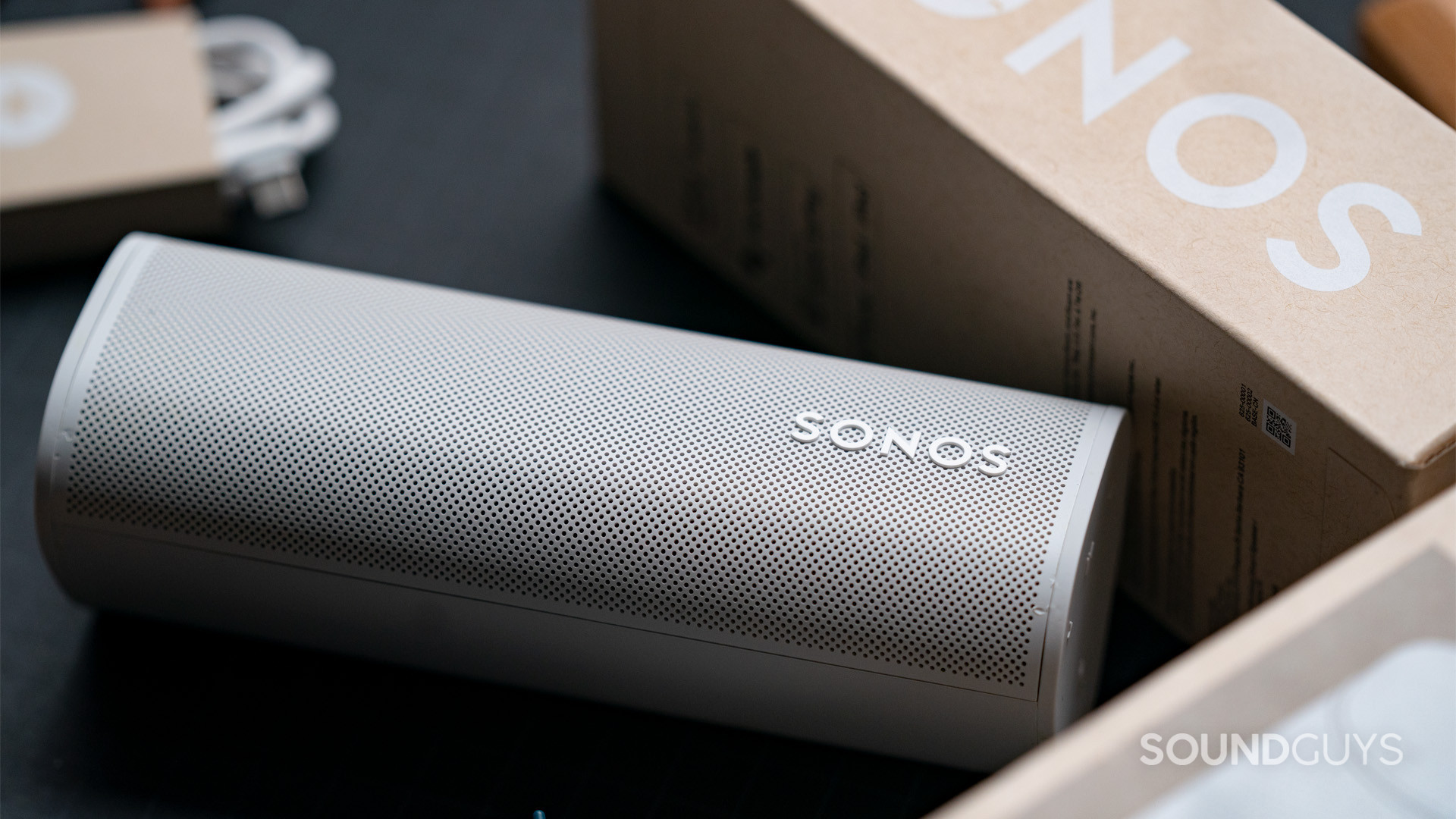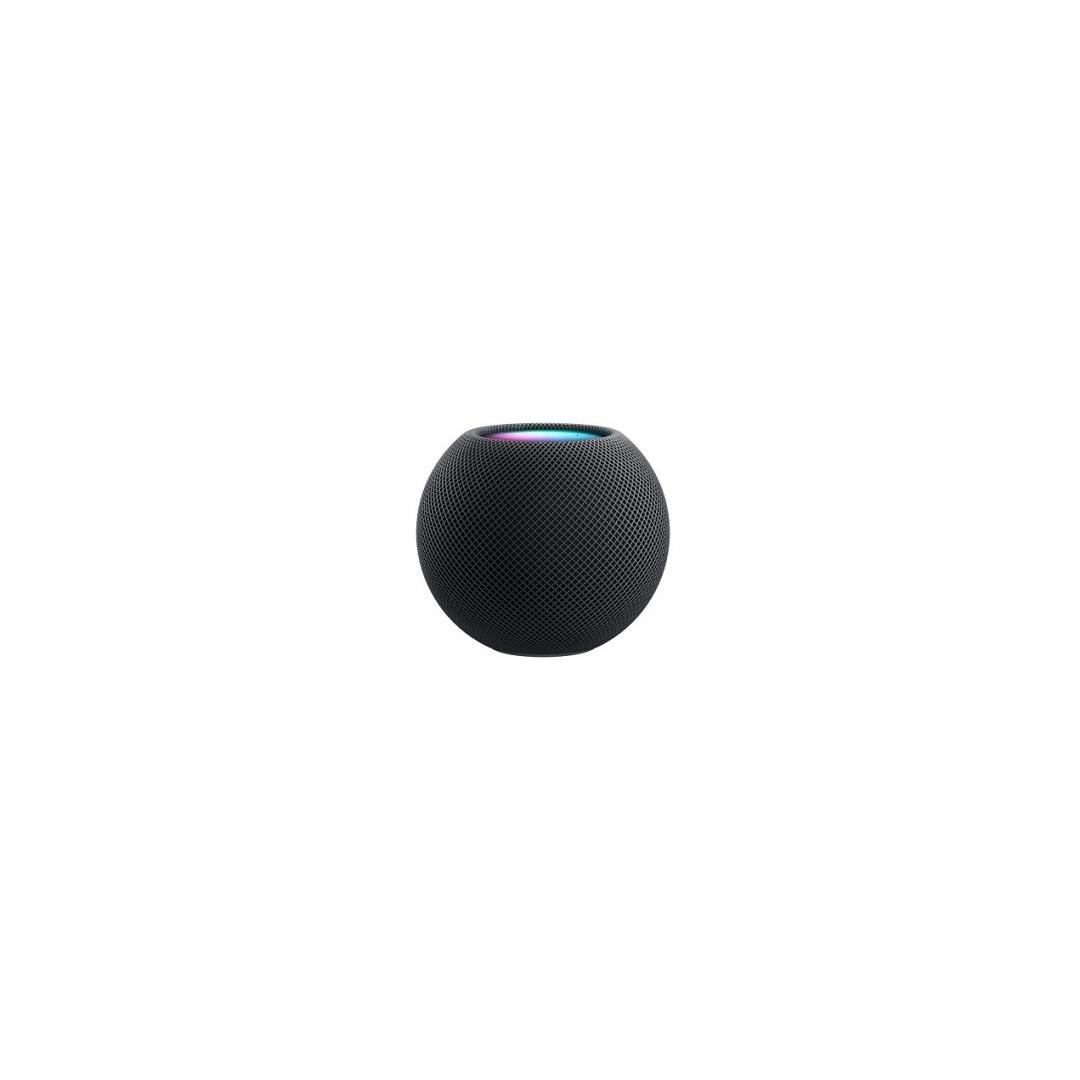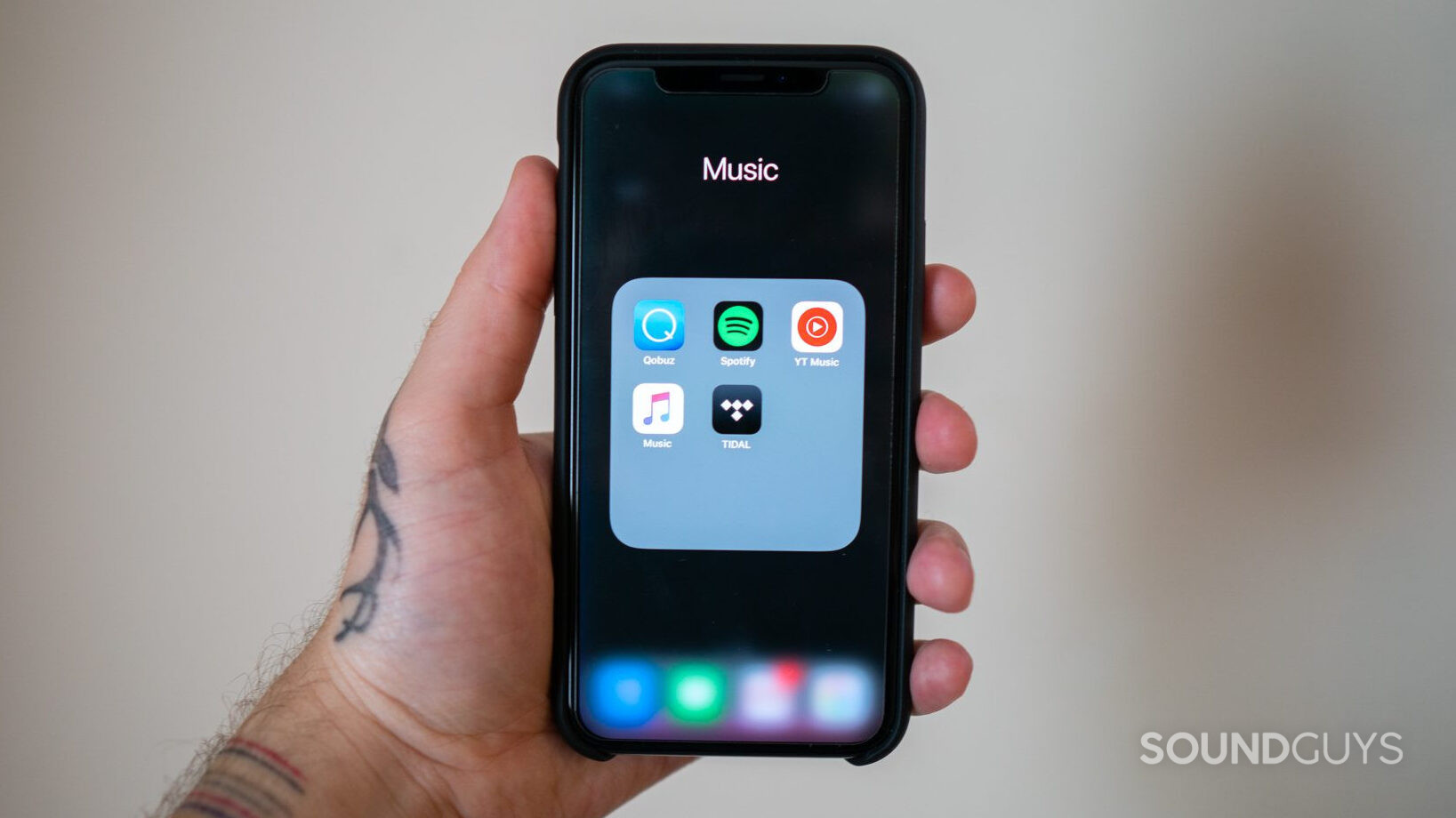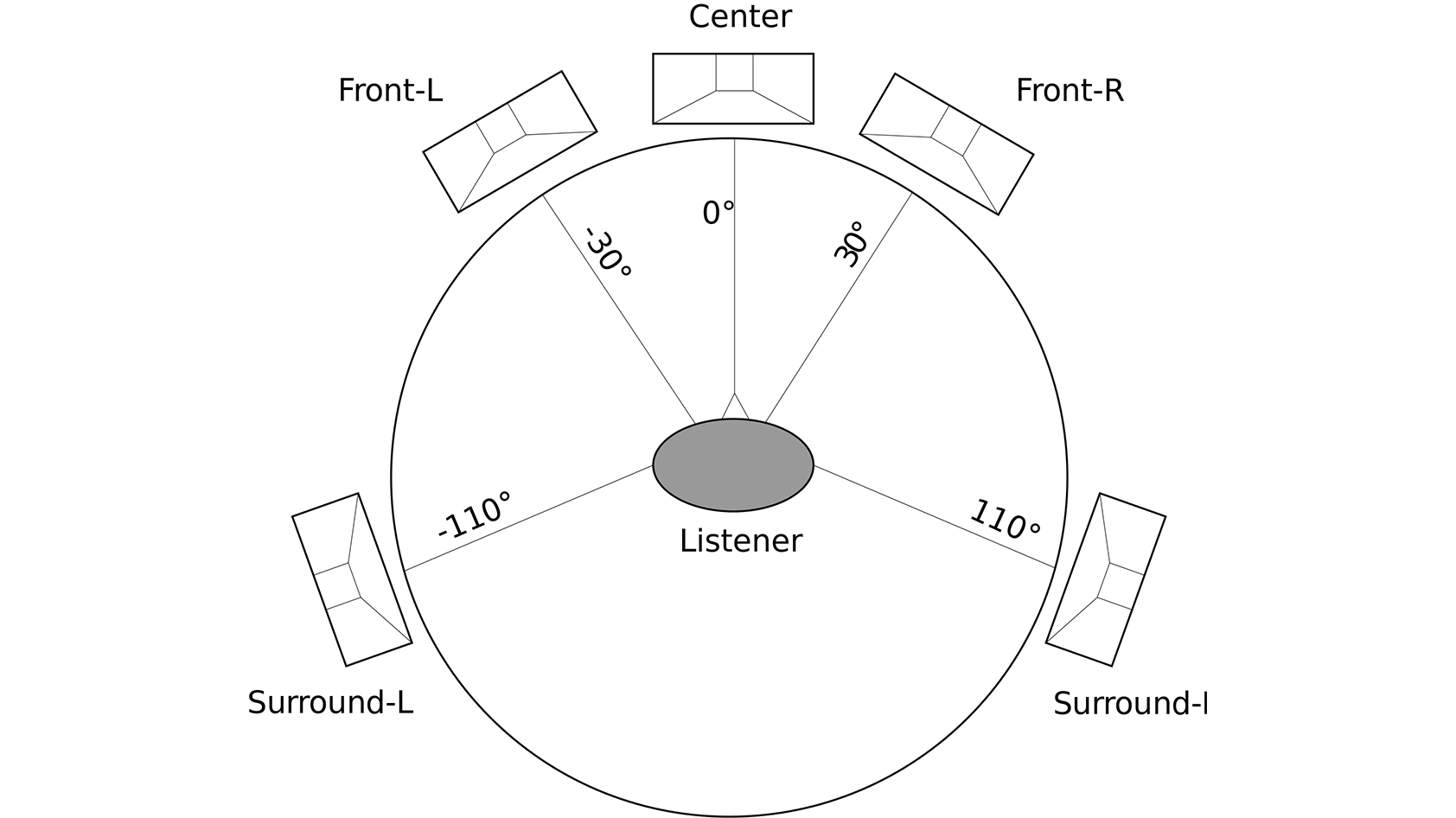All products featured are independently chosen by us. However, SoundGuys may receive a commission on orders placed through its retail links. See our ethics statement.
Best Sonos alternatives: Top smart speakers for every room
June 12, 2025

Once you start exploring multi-room audio setups, Sonos is usually one of the first names that comes up. While its speakers can deliver great sound, the brand is also known for recurring app and connection issues. Whether you’re looking to save money, get better audio performance, or prefer a different aesthetic, these are the best Sonos alternatives worth checking out.
- This article was updated on June 12th, 2025, for formatting and to add the Apple HomePod (2nd Gen) to the notable mentions
- This article was updated on March 1, 2024, to add the Amazon Echo Pop to the notable mentions and answer more FAQs.
The Quick Answer
Explore our top recommendations below for the best Sonos alternatives tailored to your needs and budget. Each option includes a link to our in-depth review.
The best overall:
The best Google pick:
The best sound quality:
The best Apple pick:
The best value pick:
The In-depth Answer
Below is our comprehensive breakdown of the best Sonos alternatives, each thoroughly tested so you can trust our recommendations.
Why is the Bose Home Speaker 500 the best Sonos alternative?

If you’re new to the Bose ecosystem, the Home Speaker 500 is a fantastic place to start.
In my experience, what makes the Home Speaker 500 stand out is how well it holds up at any volume. Some compact speakers get harsh or distorted when cranked up, but the 500 can get pretty loud and still sound good. The dual 2.5-inch drivers on opposite sides give you decent stereo separation, enough to fill your living room.
Connecting it to your preferred device is easy. Whether you’re streaming over Wi-Fi, Bluetooth, AirPlay 2, Spotify Connect, or plugging in via 3.5mm, the Home Speaker 500 offers a variety of ways to listen. I found the Bose Music app easy to use for playback control, though I often relied on the handy touch presets on top of the unit. You can also link it with other Bose gear using SimpleSync.
Voice control is another strong point here. The Speaker 500 supports both Alexa and Google Assistant, giving it more flexibility than a device locked into a single ecosystem. That said, calling features are limited to Alexa, which could be a downside depending on your setup.
A small LCD screen on the front displays album art and track info. It’s not the sharpest display, but it adds a nice touch for anyone who likes a visual cue while listening. All in all, the Bose Home Speaker 500 punches above its weight. It’s compact, powerful, and packed with thoughtful features that make it easy to use daily.
Read our full Bose Home Speaker 500 review
Best for Google fans: Google Nest Audio


The Google Nest Audio makes a strong case as a smart speaker that balances style, smarts, and a friendly price point. Its soft, pillow-like shape helps it blend effortlessly into just about any room while offering surprisingly capable audio and voice control features for its size.
During testing, we were genuinely impressed by the sound. The 75mm mid-woofer and 19mm tweeter work together to deliver clear mids and detailed highs, even if the bass does not hit especially deep. Still, it easily handled everything from casual playlists to spoken word content. It is well-suited for background music during chores or catching up on a podcast. Features like Media EQ and Ambient IQ subtly adapt the sound to what you are listening to and where you are in the room, which adds a nice bit of polish to the experience.
Google Assistant felt especially sharp here. Commands fired off quickly, and I found myself using it constantly to control smart lights, send messages, or just check my calendar. The on-device machine learning chip deserves credit too, as I noticed the speaker responding even faster over time as it learned my daily patterns.
Read our full Google Nest Audio review
Best for sound quality: Denon Home 150 Wireless

Denon has a solid track record in home audio, and the Home 150 Wireless brings that expertise into the smart speaker category. This compact single-unit speaker houses both a mid-woofer and a tweeter that produce surprisingly full sound. Around the back, it includes a USB port that lets you plug in a flash drive and enjoy your personal music library without relying on streaming services.
Streaming options are plentiful. The Home 150 supports AirPlay 2 and works with all the usual platforms like Spotify, Tidal, and Pandora. The top-panel shortcut controls especially convenient for jumping straight into a playlist or favorite station. It shares that user-friendly quality with speakers like the Bose Home Speaker 500.
There is one limitation worth noting. To use voice commands with Alexa, you will need to pair the Home 150 with a separate Alexa-enabled device. While it is not a major setback, it may be a consideration if you want a speaker with built-in voice control. Even so, the Home 150 delivers on both sound and functionality, making it a strong option for anyone looking to build out their home audio setup.
Best for Apple fans: Apple HomePod mini

Best value: Amazon Echo Dot (5th Gen)

What if you are not looking to spend hundreds or even thousands of dollars on a multi-room audio setup? You can still get a similar experience by picking up a few Amazon Echo Dot (5th Gen) speakers and grouping them together. While they will not match the sound quality of the more premium options on this list, they offer one of the most affordable ways to bring audio to every room. Plus, with Alexa built into so many devices, you can easily expand or upgrade your setup later.
In daily use, the Echo Dot (5th Gen) is surprisingly capable for such a compact speaker. It handles voice commands quickly and reliably, whether you are setting timers, checking the weather, or controlling smart home devices. The sound is clear enough for podcasts, audiobooks, and background music, and the new temperature sensor adds a bit more utility for smart home routines. It is not going to wow you with deep bass or rich stereo imaging, but for casual listening and hands-free convenience, the Echo Dot gets the job done at a very approachable price.
Best Sonos alternatives: Notable mentions
- Amazon Echo Pop ($17.99 at Amazon): The Amazon Echo Pop is a great affordable smart speaker option. With Alexa integration, a modern design, and decent sound, the Echo Pop is a nice addition to any small room.
- Apple HomePod (2nd Gen) ($299 at Adorama): is a larger, louder version of the mini, designed for seamless use with iPhones, offering rich sound from its woofer and five tweeters, but limited functionality for Android users.
- Bluesound Pulse Mini 2i: This smart speaker costs quite a few pretty pennies, and it’s compatible with Alexa and Siri. You can stream over your Wi-Fi network or over Bluetooth. If you choose the latter, it supports aptX HD playback.
- Bose Portable Smart Speaker ($399 at Amazon): The Bose Portable Smart Speaker works well and has impressive bass for such a small speaker. It works with both Amazon Alexa and Google Assistant. Plus, full access to every smart function is dependent on your region of the world.
- Bose 251 Environmental Speakers: This wireless outdoor speaker set is a great add-on to your multi-room Bose ecosystem – multi-room includes outside! Keep in mind you’ll need a compatible amplifier to power these and connect them to multi-room wireless playback. They’re weather-resistant and produce booming sound.
What you should know about the best Sonos alternatives
A lot of speakers have companion apps
![Sonos One[4]-1 copy Pictured is the Sonos app on Android](https://www.soundguys.com/wp-content/uploads/2017/11/Sonos-One4-1-copy.jpg)
One thing to keep in mind with multi-room audio is that no matter which ecosystem you choose, you will need an app. Unless you are using Bluetooth, nearly all wireless speakers that support synchronized playback across multiple rooms rely on a dedicated app to manage your setup. It is also important to check whether the app is available on your preferred operating system and what features it offers. For example, the Sonos app works on both Android and iOS, but its Trueplay speaker tuning feature is exclusive to iOS.
Look out for music streaming compatibility
As you can see from this list, there are plenty of choices for multi-room audio, but there are even more options when it comes to music streaming services. In a perfect world, everything would work everywhere, but that isn’t the case here. Some services work on some platforms, while others do not.

So if you have your entire collection in the Google Play Music library, you should make sure that whatever you’re investing in is compatible. If you’re strictly a streamer through a service like Spotify, you’ll probably be fine in most cases, but it’s still worth double-checking just for good measure.
There are specialized speakers for different uses
This is something that might be more important for some people than others. If you’re only playing music, then you’ll probably be fine with any of these options. But if you want to use speakers for home entertainment like gaming or watching movies, it matters what kind of speakers you choose.
![Sonos PLAYBASE[6]](https://www.soundguys.com/wp-content/uploads/2017/04/Sonos-PLAYBASE6.jpg)
For example, if you are setting up surround sound in your living room, it is a good idea to make sure the ecosystem you choose offers more than just small satellite speakers, since you will also need a subwoofer. If you want something simple like the Sonos Playbase for a single TV, you should check that the brand you are considering has a product that fits your specific needs. Sonos does a great job of offering speakers for a variety of use cases, but they are not the only company with that level of versatility.
What is a 5.1 or 7.1 channel setup?
If you are exploring different home audio speakers, you might come across terms like 5.1 or 7.1 compatible. What do these numbers actually mean? While they might seem confusing at first, they are easier to understand than you might think. These numbers refer to how many speakers are connected in your setup, with the “.1” representing a subwoofer. So, a 5.1 system means you have five speakers and one subwoofer. A 7.1 system means seven speakers and a subwoofer. Simple enough.

It gets a little more complicated when considering the different kinds of speakers. In a 5.1 speaker setup, you’ll have left and right channel speakers, a center channel speaker, left and right surround speakers (usually next to or behind the seating area), and the subwoofer. A 7.1 setup is the same setup but with two additional surround speakers behind you.
Why you should trust SoundGuys

You can read our ethics policy on how we use affiliate links, but basically, our writers aren’t incentivized to pick one option over another because that’s not how we get paid. We make our money per piece, not per unit sold. Our team has years of experience testing, reviewing, and using audio products, so if we put something on a list, it’s because we did our homework while researching a topic or because we’ve used it ourselves — never because we were paid to.
Frequently asked questions about the best Sonos alternatives
JBL’s Bluetooth speakers, like the Charge 6, can sync up with other current JBL speakers, meaning you could theoretically put one in every room of your house and call it multi-room audio. The main difference is that many home speakers stream over Wi-Fi rather than Bluetooth, which can help improve connection stability and sound quality. JBL portable speakers also don’t offer a built-in microphone.
Sonos is infamous for having a convoluted setup process, almost all of which is facilitated by the Sonos app. The process is not friendly to those who struggle with technology. On the other hand, Bose products typically have a pretty streamlined setup process that is more accessible to those with less tech experience.
Sonos has long been a go-to for multi-room audio aficionados, but the landscape is evolving. Brands like Bose, Google, Denon, and Apple are stepping up with compelling alternatives. While “better” is subjective and hinges on individual preferences, there’s no denying that options like the Bose Home Speaker 500 or the Apple HomePod mini bring their own unique strengths to the table, depending on what ecosystem you are in.
Absolutely. While this article delves into the world of Sonos alternatives, it’s by no means a dismissal of Sonos. The brand remains a heavyweight in the multi-room audio scene, revered for its seamless integration and robust sound. Sonos offers a diverse range of products that cater to different needs and budgets. So, if you like their ecosystem and quality, they’re very much worth the investment.
It depends on what you value in an audio system. Sonos excels in multi-room audio setups and user-friendly experiences, making it ideal for those wanting seamless integration across various rooms. Bose, renowned for superior sound quality and noise-cancellation, is preferred for immersive listening and personal audio. Choose Sonos for a connected home audio ecosystem and Bose for acoustic excellence and noise-cancellation in headphones and speakers.
Sonos stands out for its exceptional multi-room audio system, allowing users to easily connect and control speakers across different rooms from a single app. Its popularity stems from its user-friendly setup, support for a vast array of streaming services, and consistent delivery of high-quality sound. Additionally, Sonos’s sleek design and regular updates to improve functionality and compatibility make it a top choice for a seamless and integrated home audio experience.
While Sonos speakers are designed for longevity and are regularly updated with new software to enhance functionality and compatibility, technology advancement can lead to older models becoming less compatible with newer features or services over time. Sonos has faced criticism in the past for sunsetting support for older models, but for the most part, they keep products updated and functional. Ultimately, like all technology, Sonos speakers may eventually face obsolescence as innovations and standards evolve.
In the world of Sonos, “too many” is more a question of enjoyment than a possibility. Sonos systems are designed to work seamlessly together, allowing for a speaker in every room if that’s what your heart desires. The limit is not in the technology but in finding balance for your ears and living space. So, while technically, you can fill every nook and cranny with a Sonos speaker, the real question is whether or not it will make a difference to your enjoyment of the sound quality throughout your home.
Sure, you could have four Sonos speakers in one room, but adding more speakers into a single room doesn’t always guarantee a better audio experience. The benefit of additional speakers depends heavily on the room’s acoustics, size, and intended use. In a small to medium-sized room, one or two Sonos speakers should suffice.